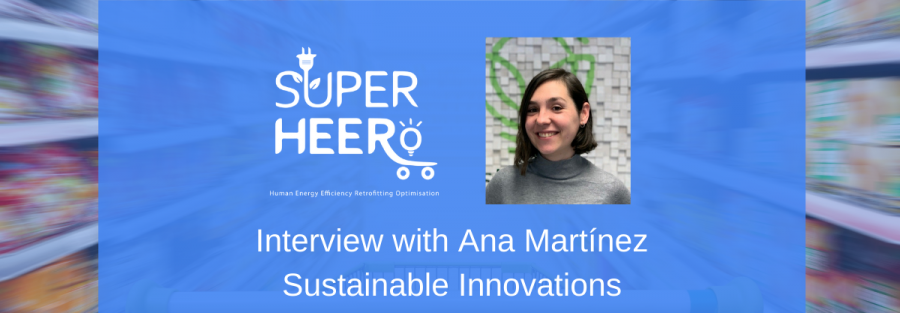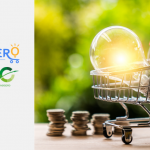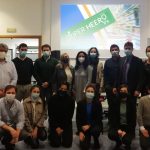I expect SUPER-HEERO to demonstrate that […] energy efficiency, in any sector, venue or realm, can be greatly enhanced if everyone contributes. – Interview with Sustainable Innovations
Ana Martinez, Communications Manager at Sustainable Innovations (SIE), is in charge of the SUPER-HEERO communication and knowledge dissemination. This involves the development of a Communication Plan and the implementation of all the communication activities that ensure the project reaches all the relevant stakeholders. Ana and her colleagues from Sustainable Innovations (SIE) also lead the exploitation part, which aims to obtain an innovative business model strategy to encourage the maintenance and the dissemination of the SUPER-HEERO financial ecosystem after the project.
What are your expectations from the SUPER-HEERO project?
SUPER-HEERO is a very tangible project that, if proven successful, could exponentially accelerate energy efficiency in the retail sector. We aim to help leverage innovative financial schemes to boost energy efficiency to an extent that becomes replicable at larger scales and in a wide range of stores. The project needs to engage very different stakeholders, from a general public that corresponds to the supermarket customers, to supermarket employees, technical providers and energy suppliers. This makes it necessary for the communication to target different audiences and ensure each of them understands the benefits that the project can offer them.
What is the main role of Sustainable Innovations (SIE) in SUPER-HEERO?
Our role is, on the one hand, to maximise the project’s reach through targeted communications and, on the other, to enable future exploitation of the project results to their full potential by disseminating them among the relevant stakeholders who will use and implement them.
This involves the elaboration of a comprehensive communication plan, the preparation of the project’s corporate image and a set of materials for promotion and dissemination
Can you talk a bit about the work you are planning to do on the communication, dissemination and exploitation of SUPER-HEERO?
At Sustainable Innovations (SIE) are responsible for the communication plan, as well as for coordinating all the multi-platform communication and dissemination activities, such as the elaboration of promotional materials, the creation and update of the project website, the management of the social media networks, the launch of the newsletter, etc. At the earliest stages of the project, we designed its visual guidelines and identity, establishing a series of guidelines to be followed in all the communication materials. We set up the project’s website and the social media channels, which we have since then kept updated with a constant flow of information and news.
As a next step, we are planning to host a round table with the different pilot supermarkets to define the best advertising campaign to promote their involvement in the project and the activities they are carrying out related to it.
Last, but not least, we are responsible for leading the development of an innovative business model strategy to encourage the maintenance and dissemination of the SUPER-HEERO financial ecosystem after the project. We will analyse the most profitable scenarios to cover the cost linked to the system after the project and provide a conceptual framework with which to think through the possible opportunities of the SUPE-RHEERO project.
What do you think will be the main outcomes of the SUPER-HEERO project?
One of the main outcomes I expect from SUPER-HEERO revolves around the involvement of such a wide range of stakeholders, and especially the engagement of citizens and local communities, that will work together towards the EU’s energy-saving targets for 2030. Empowering citizens to take an active part in the energy transition in such a tangible venue as supermarkets will raise awareness about energy efficiency and potentially extend this to additional realms, triggering further investments and measures in other sectors. Thus, I expect SUPER-HEERO not only to demonstrate that it is possible another way to boost energy efficiency in supermarkets, but to prove that energy efficiency, in any sector, venue or real, can be greatly enhanced if everyone contributes.



